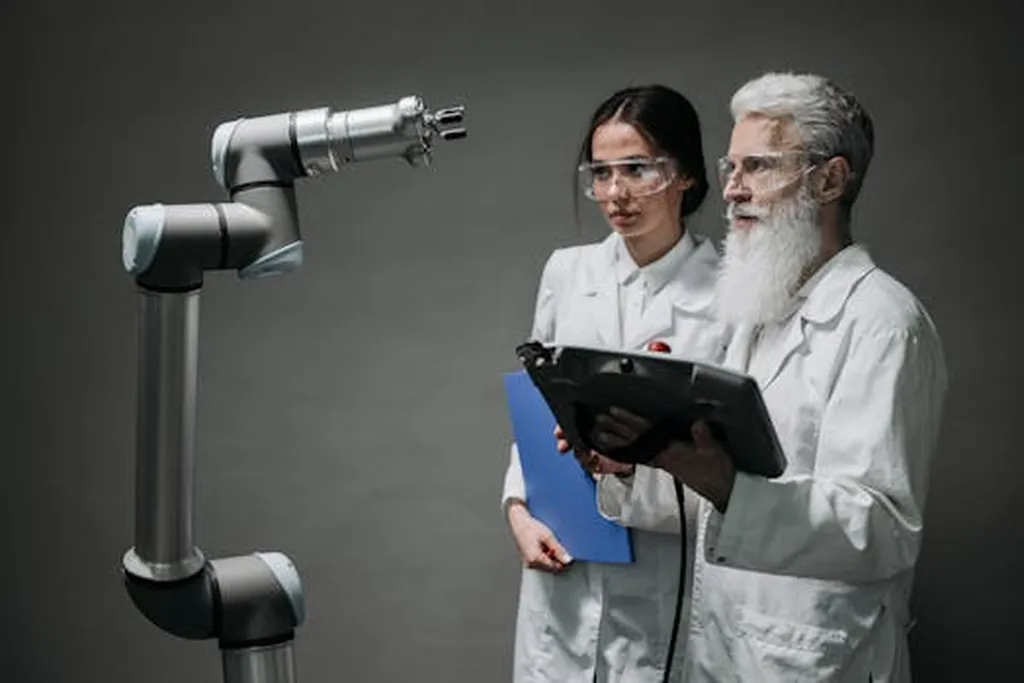In the heart of Greece, researchers are redefining the future of agricultural operations, blending the realms of robotics and digital agriculture to create a symphony of efficiency and precision. At the forefront of this innovation is Dimitris Katikaridis, a scientist from the Institute for Bio-Economy and Agri-Technology (IBO) at the Centre of Research and Technology-Hellas (CERTH) in Thessaloniki. His recent study, published in the journal *Robotics* (translated from Greek), delves into the intricate world of aerial and ground robotic teams, comparing centralized and decentralized communication architectures to optimize agricultural operations.
The study, titled “Experimental Comparative Analysis of Centralized vs. Decentralized Coordination of Aerial–Ground Robotic Teams for Agricultural Operations,” is a groundbreaking exploration into the coordination of unmanned aerial vehicles (UAVs) and unmanned ground vehicles (UGVs). Katikaridis and his team conducted 120 trials in both empty fields and orchards, using a rotary UAV for worker detection and a UGV responding to intent signaled through color-coded hats. The results were illuminating, revealing the strengths and weaknesses of two communication frameworks: MAVLink (decentralized) and Farm Management Information System (FMIS) (centralized).
FMIS emerged as the reliable workhorse, boasting a 97% message delivery success rate in both environments. “FMIS is better suited for tasks that demand reliable communication in complex agricultural environments,” Katikaridis explained. However, this reliability came at a cost, with higher UGV resource usage. On the other hand, MAVLink, with its decentralized approach, offered reduced UGV power draw and lower latency, making it ideal for time-sensitive operations. “MAVLink is suitable for time-sensitive operations that require rapid feedback,” Katikaridis noted, but cautioned that it was more affected by obstructed settings and resulted in increased UAV battery consumption.
The implications of this research are profound for the agricultural sector, particularly in the realm of digital agriculture and agri-robotics. The choice between MAVLink and FMIS is no longer a matter of preference but a strategic decision based on specific mission goals and environmental conditions. This study paves the way for more efficient, responsive, and energy-conscious agricultural operations, ultimately driving down costs and increasing productivity.
As we look to the future, the integration of multi-robot collaboration and human–machine interaction will continue to shape the agricultural landscape. Katikaridis’s work is a testament to the power of innovation and the potential of technology to transform traditional industries. With further research and development, we can expect to see even more sophisticated systems that seamlessly blend the capabilities of aerial and ground robots, revolutionizing the way we approach agriculture.
In the words of Katikaridis, “The selection between MAVLink and FMIS should be guided by the specific mission goals and environmental conditions.” This insight underscores the importance of tailored solutions in the ever-evolving field of agricultural technology. As we stand on the brink of a new era in agriculture, the work of Katikaridis and his team serves as a beacon, guiding us towards a future where technology and nature coexist in harmony.

